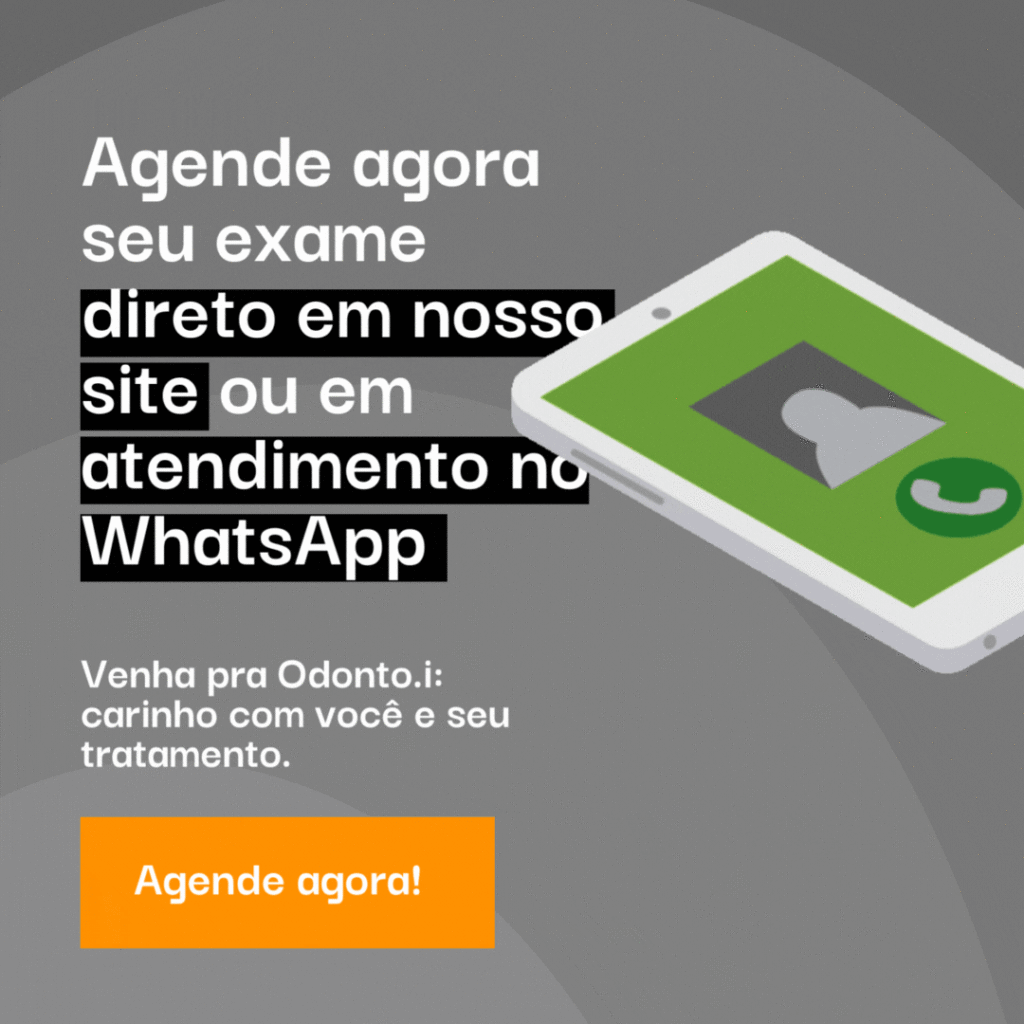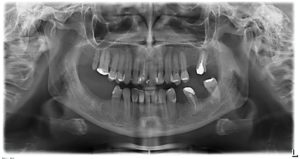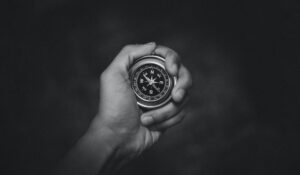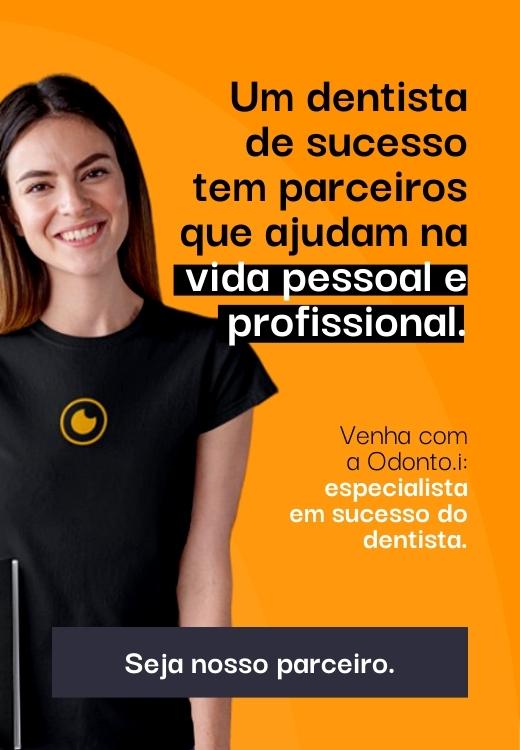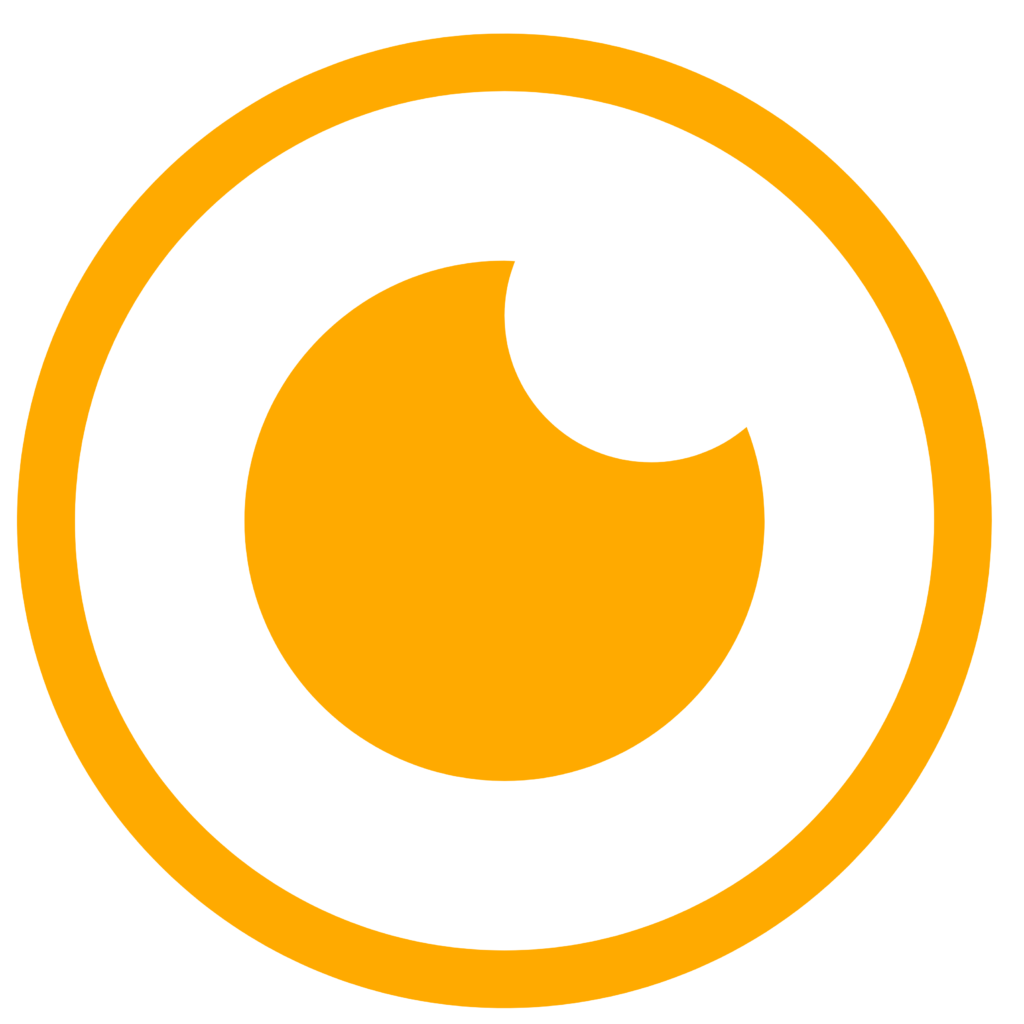10 Best AI Art Generator Tools for Designers in 2023
AI-generated art refers to art pieces created by artificial intelligence. This involves using AI tools trained on an art dataset to generate new, original art pieces. We want creative users to test this AI image generator with relatively free rein. As part of this, we are testing the service with generous personal limits in place. If we detect bots, automated activity, or other misuse of the tool then we drastically reduce rate limits or block access altogether. If you are a creative looking to generate AI image from text to meet a workflow need, the default limits in place should be higher than you are likely to notice.
Craiyon LLC provides its service for free to all website visitors who feel like giving it a spin. The simplistic model is ideal for any AI artist newbies who may be curious about learning the ins and outs of AI graphic generation but aren’t ready to purchase a subscription plan just yet (Figure C). Contrary to what you might think, there are so many AI art generators other than DALL-E 2 out there.
Write amazing copy for your ads, blog, website, and social media.
The most popular ai painting generator known to the public is Dall-E-2 image generator, an AI image generator developed by OpenAI. In just a few minutes, you can create highly realistic images with AI technology. The tool can be used to create illustrations, design products, and generate new ideas for business. Dall-E-2 is an easy-to-use interface that makes it possible for anyone to create high-quality images with AI. DALL-E 2 supports adding details to your generated images or making other modifications to them. Going forward, content creators that have a sufficient library of their own intellectual property upon which to draw may consider building their own datasets to train and mature AI platforms.
- To exclude certain elements from the image, clearly state what you don’t want to be included.
- Organizations that use generative AI, or work with vendors that do, should keep their legal counsel abreast of the scope and nature of that use as the law will continue to evolve rapidly.
- This means that with text-to-image generators that charge for credits, you’re likely to use up a certain amount of credits generating images that you can’t use.
Ultimately the best AI art generator for you will depend on what you want it to produce, how you want to use it, whether you’re prepared to pay and whether you’re prepared to accept how it was trained. Many people consider Midjourney to be the best AI image generator at the moment for photorealism since it’s made huge improvements in quality since it released its first model in 2022. However, Midjourney is no longer available for free and its Discord-based UI takes some getting used to. There are some other nice features, including a depth-to-image tool, which can infer the perception of depth in an uploaded composition and transfer that to a generated image.
Related content
Get creative and experiment with different combinations and variations of prompts. Explore various styles, mediums, and settings to discover unique and engaging results. Experiment with different prompts and be open to revising them based on the AI’s outputs. Fine-tuning your prompts through trial and error will help you discover what works best and come up with creative solutions. This is no different from how an AI model produces its output, however instead of a singular set of experiences, AI learns from art inspired by thousands of unique experiences.
How to avoid buying AI books, products on Amazon or online stores – The Washington Post
How to avoid buying AI books, products on Amazon or online stores.
Posted: Thu, 14 Sep 2023 13:00:00 GMT [source]
You will learn how to tweak parameters, adjust styles, and create custom datasets to get the exact output you want. Additionally, you will explore the different types of generative art, including style transfer, GANs, and neural style transfer. Generative models can in fact output images that very closely match examples from their training data. In machine learning terminology, this is called “overfitting.” Overfitting means learning to replicate specific pieces of the training data rather than generalizing the process.
Yakov Livshits
Founder of the DevEducation project
A prolific businessman and investor, and the founder of several large companies in Israel, the USA and the UAE, Yakov’s corporation comprises over 2,000 employees all over the world. He graduated from the University of Oxford in the UK and Technion in Israel, before moving on to study complex systems science at NECSI in the USA. Yakov has a Masters in Software Development.
Nightcafe – Best multi-purpose AI art generator
Anything you do on a computer—add together numbers in a spreadsheet, invert colors in an image, play music—has traditionally required someone to write down the instructions very literally on how to do it via writing code. Machine learning is used for processes that are too complicated for a person Yakov Livshits to define the steps for, either because that would take a very long time, or because they don’t actually know the steps. Forget the paid subscription tools out there and use Dream by Wombo instead. It bucks all those credit system limitations and lets you create unlimited paintings for free.
However, Midjourney is the AI image generator that has most rapidly evolved. Now on version 5.1 (perhaps higher by the time you read this), today it can produce stunning realistic images in a wide range of styles. Whether or not these systems infringe on copyright law is a complicated question which experts say will need to be settled in the courts. The creators of AI art tools generally argue that the training of this software on copyrighted data is covered (in the US at least) by fair use doctrine. But cases involving fair use still need to be litigated and there are numerous complicating factors when it comes to AI art generators.
Prompt engineering and sharing
Works took many forms including scripts, lines of code, websites, algorithms and search engines, existing natively on the web, they shared a collective, collaborative spirit. Many artists who came out of Net Art remain more active than ever in the digital art world. In the early 2000s, Rafael Rozendaal created and sold works in the form of websites. His ‘Abstract Browsing’ series uses a plug-in created by the artist to abstract the information on a website into geometric units of colour. In 2001, Casey Reas and designer Ben Fry co-developed Processing, an open-source programming language for the visual arts that is used by many digital artists.
Post-photography refers to a new genre of image-making that combines analogue photography methods with digital manipulation. The capability of artificial intelligence to uncannily mimic actual photography, blurring the line between real and fake, has opened up profound ethical questions as well as entirely new artistic possibilities. For example, an iNFT artwork may change its appearance based on the time of day, weather, or even the owner’s mood. INFTs can also be used as avatars on Alethea AI’s metaverse, “Noah’s Ark.” iNFTs can be trained to learn from their environment and develop a unique personality, making them more valuable and engaging to collectors. Matrix 3.0 allows users to upload their brain wave data to the platform, which will then be used to create a digital avatar using distributed computing powered. During an AMA hosted by Matrix in February, the question of how the platform collects brainwave data was posed.
These instructions provided the code to generate the drawing on the wall. In 1973 the artist Harold Cohen created AARON, a computer program that could paint Yakov Livshits and draw, one of the first instances of AI art. In 2018, Christie’s became the first auction house to offer a work of art created by an algorithm.

